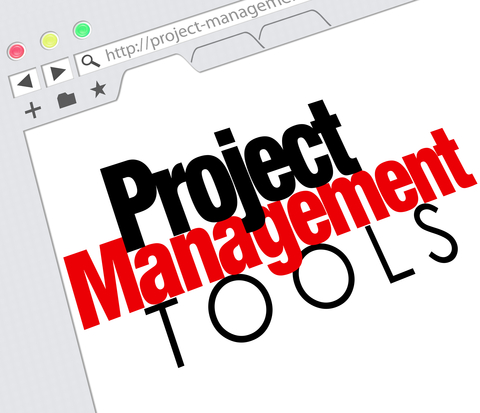
5 tips for selecting and implementing the right project management software
Project management software tools are a great way to enhance your organization’s ability to plan and execute on projects. There are plenty of options available. So many in fact, that it is often difficult to choose the best one. Care must be taken when selecting and implementing the tool in order to avoid common pitfalls.
Here are 5 tips on how to select and implement a project management software tool to make sure it fits your needs.
1. Determine your needs first – There are so many tools available it can be quite daunting to select just one. Before looking at what is available, identify your needs (what challenges are you trying to solve) and your wants (features that would be nice to have but are not necessary). Do this collaboratively since not everyone in your organization will have the same opinion.
Once you’ve compiled this list it will be easier to identify which tool is a good fit and which one isn’t simply by comparing each to your list. Select two or three tools to evaluate further. Most providers offer free demonstrations.
2. Beware of SaaS – Software as a Service (SaaS) is a delivery model that provides software on a subscription basis often using a web browser interface. Although this can have significant advantages including low cost and minimal IT overhead it can be problematic to manage since the functionality and user interface can change without notice or control by the user.
I was part of an implementation team that rolled out a SaaS project management tool. After we completed many weeks of training and rolled out the system, the user interface changed and many users did not understand how to use the new interface. If you’ve identified a SaaS tool that fits your needs, check to see if you can maintain control of the functionality and user interface. If not, I suggest looking elsewhere.
3. Don’t expect the tool to solve your problems – Project management software can do many things, but it won’t necessarily solve your problems. If anything, it can show you what your problems are (lack of resources, cost overruns, etc.) by compiling entered data into useful charts and tables.
Configure the system so that users are entering enough useful information on their day to day activities (e.g. task updates, logged hours, expected completion, and issues/road blocks). The tool should then be able to generate metrics that can help your organization identify and resolve issues related to your project management system.
4. Avoid rolling out the tool too early – There is often pressure to complete the implementation of a project management software tool as soon as possible to take advantage of its features and to minimize the cost and delay of implementation. Doing so too early can lead to many problems.
Ensure that the system is adequately configured to fit your organization’s needs. Test the tool on a small scale using a representative project and project team to help evaluate any deficiencies and prove out the configuration. Then train all users adequately so they are prepared to use the tool once it is rolled out. Doing these things before rolling out the system will help to avoid user frustration and wasted effort.
5. Plan for system maintenance and upgrades – Even a well setup project management system will require regular maintenance. Upgrades can also help to enhance the tool by adding valuable features and correcting bugs.
Plan for regular maintenance and upgrades by ensuring there is at least one person, but preferably two, who will be responsible for system administration. If not, the tool will not stay up to date, issues will not get resolved and the functionality of the tool will not grow with your organization.
Project management software tools are a great way to enhance your organization’s ability to plan and execute on projects. They can help to identify and resolve areas for improvement. They can help your project teams to operate more efficiently and collaboratively.
Select the one that best fits your needs but don’t expect that there will be one that fits perfectly. Spend the time to understand the tool and configure it to you needs. Test the system accordingly and then train all users before rolling out the tool completely. Plan for regular maintenance and upgrades. Follow these tips and you should be happy with the results– especially if you have never used a project management software tool before.
Dustin Demontigny is a Technical Project Manager at StarFish Medical. He holds a Bachelor of Science (BSc), Electrical and Electronics Engineering degree from the University of Alberta. He uses project management tools on a variety of medical device projects.
Image: 41780983 © Iqoncept / Dreamstime.com
Discover the Benefits of Enterprise Partnerships and Working with StarFish Medical.
